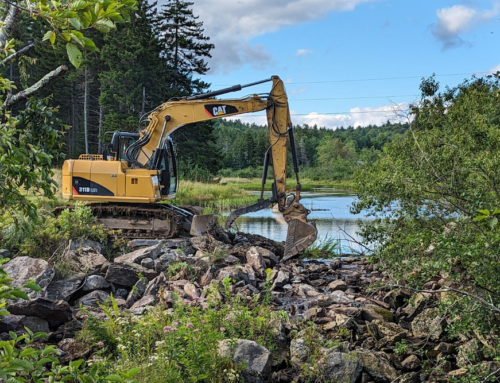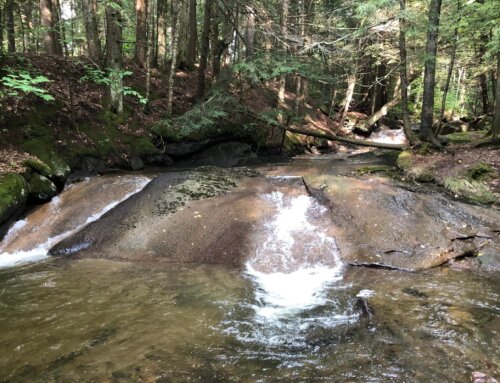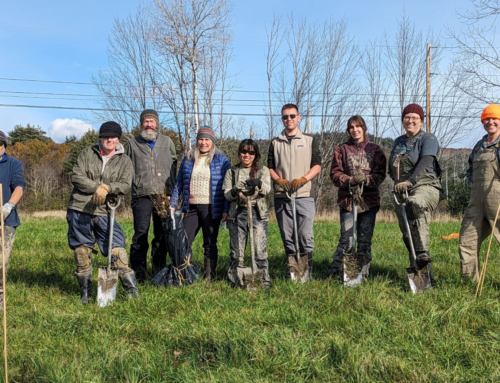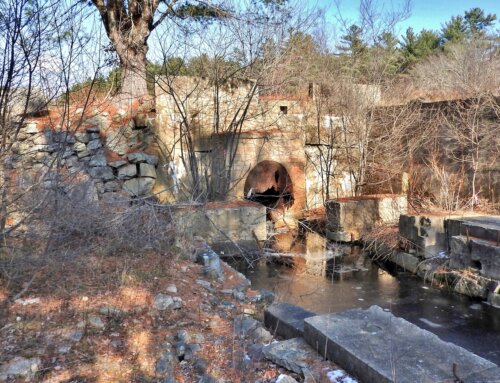Each week, Connecticut River Conservancy volunteers go out to their local tributary rivers in the Connecticut River Valley to monitor for river herring as the fish return to freshwater ecosystems to spawn. These dedicated volunteers provide CRC, the CT Department of Energy & Environmental Protection (DEEP), and other partners with valuable data to track where river herring are present and absent. DEEP monitors at several locations in the watershed, and this joint program helps to provide a more comprehensive understanding of the health of our river herring populations. Many thanks to our partners and volunteers who give this program life!
Fish Update from the Waters
Written by Steve Gephard, former fisheries biologist with the CT Department of Energy and Environmental protection.
For anyone old enough to have used records (as in LPs) may remember the records’ tendencies to ‘stick’: repeat the same piece of a song over and over, as in “…I’m dreaming of a White Christmas, mas, mas, mas, mas…” It seems our weather pattern and therefore our fish runs have done the same thing: warm up, cool down, warm up, cool down. Nothing has really changed much since I began writing this update this season. Ken Sprankle of the U.S. Fish & Wildlife Service was netting river herring at the mouth of the river three days ago and measured the water temperature at 55 degrees, which is what it often is the second week of April. The report of fish is similar to last week—still some alewives hanging around but blueback herring increasing in num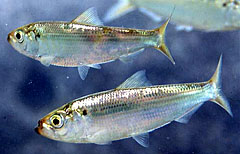 bers. Ken reported there were still fresh alewives coming in with the bluebacks, although not as many. The DEEP crew is still seeing alewife runs along the Connecticut coastline, west of the Connecticut River but runs are pretty much over east of the river. As for the river, the reports seem consistent with what sounds like blueback herring entering tributaries: Eightmile, Salmon, Higganum Creek. Too bad no sightings on the Coginchaug. We know they’re in the Mattabesset based on video at the StanChem Fishway. Sightings have always been a bit difficult at the Starr Mill Dam due to the churning water and the deep hole. Another good place to look on the Coginchaug is downstream at Palmer Field (head-of-tide). You can walk along the edge of the parking lot (where an old mill used to be) and go up to the ledges half way to Washington Street.
bers. Ken reported there were still fresh alewives coming in with the bluebacks, although not as many. The DEEP crew is still seeing alewife runs along the Connecticut coastline, west of the Connecticut River but runs are pretty much over east of the river. As for the river, the reports seem consistent with what sounds like blueback herring entering tributaries: Eightmile, Salmon, Higganum Creek. Too bad no sightings on the Coginchaug. We know they’re in the Mattabesset based on video at the StanChem Fishway. Sightings have always been a bit difficult at the Starr Mill Dam due to the churning water and the deep hole. Another good place to look on the Coginchaug is downstream at Palmer Field (head-of-tide). You can walk along the edge of the parking lot (where an old mill used to be) and go up to the ledges half way to Washington Street.
Volunteers are now looking for herring but the sucker runs continue, even at an accelerated pace, and the sea lamprey are also running now, although it will be hard to see them. It’s too early for them to nest and spawn but they’re moving up, mostly at night. Steve McCormick of the Conte Lab is doing some physiological work with lamprey and we were trapping on the Salmon River last night. This morning, the trap also had large smallmouth bass and some trout, including a wild brown trout that appeared to be a sea-run. Due to the cold temperatures, the shad numbers at the Holyoke Fishlift are still low, below 7,000. And they’re saying temperatures could get down into the 30s on Friday!
In addition to the Holyoke Fishlift, fishways at the Turners Falls and Vernon dams are now open. Bellows Falls will wait to open until the Vernon fishway passes some fish. Also open is the Manhan River Fishway in Easthampton, which I don’t believe opened last year due to COVID and staff limitations. Good to see that fishway back on-line again and it would be nice to document the passage of river herring and lampreys there. The Holyoke Fishlift has actually suspended operations due to high flows. It cannot effectively operate when the river rises above a certain point. Anyone out of the river during the last couple of days have seen the river go up and get muddy, with a lot of floating debris like logs. That will make the work of the shad netters more difficult. With the lack of a snowmelt freshet this year, this may be the ‘dirtiest’ the river gets. The turbidity also makes fish watching tougher, as many river herring monitors have discovered this past week.
Steve Gephard
Volunteer River Herring Data from April 26th – May 3rd
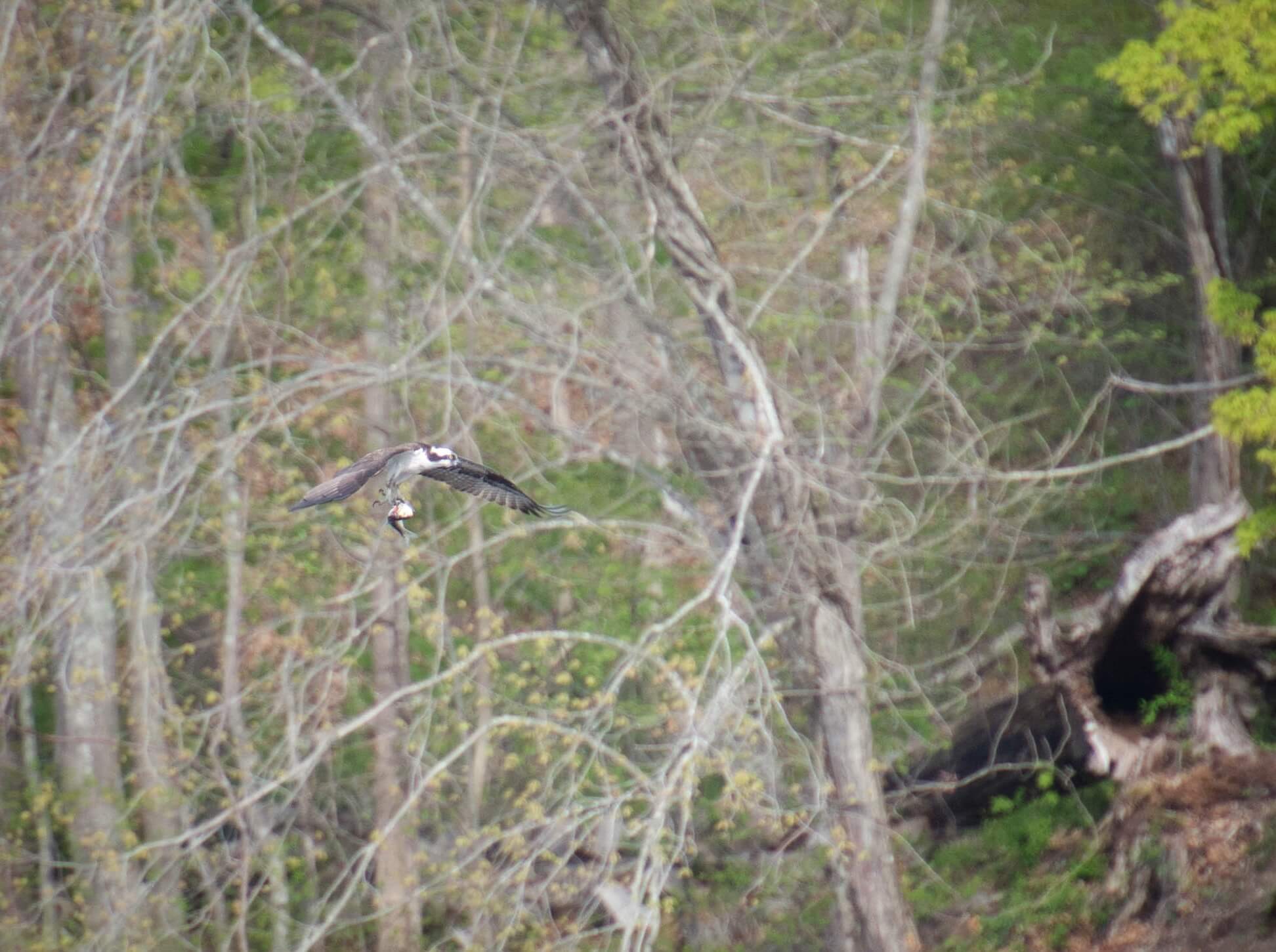
Photo Credit: L. Borla at the Falls River in Essex
Well, we are into May and just around half way through our volunteer river herring monitoring program! While the alewife runs have slowed down for the season, some CRC volunteers are seeing a second wave with blueback herring this past week. Volunteers reported sightings at Higganum Creek in Higganum, CT and the Moodus and Salmon Rivers in East Haddam.
A big shout out to the many volunteers who kept with it for the past month reporting zeros at their sites! These are important data, even though they might be less than exciting to report.
The map below displays data report from the season through May 3rd, but the color of the pin on the map may only reflects the most recent report. To see a more complete dataset, click on the dot, select “latest Measurements” at the top and click anywhere on the graph. This will pull up all of the reports represented so far.
Featured Site: Stony Brook, Suffield CT
Christa: “Two lovely spots, no herring yet… Stony Brook in Suffield, CT has two locations volunteers can try their luck at spotting alewife and herring; at the confluence with the Connecticut River (accessed by the Windsor Locks Canal Rail Trail) and a roadway bridge that traverses the brook just below the Schwartz Pond dam. Neither alewife nor blueback herring have been reported in either location yet, though they are eagerly awaited.
In the meantime, kingfisher, bald eagles, great blue heron, warblers, swallows, muskrat and a plucky crayfish have made the wait a treat. It’s been a pleasure slowing down and thoughtfully observing in areas previously glanced at appreciatively, but swiftly, while biking by. The meditative aspect, I find, is complemented highly by gaining a deeper understanding of a species I know relatively little about, its relationship to our waterways and how that impacts places I love along the Connecticut River and its tributaries.
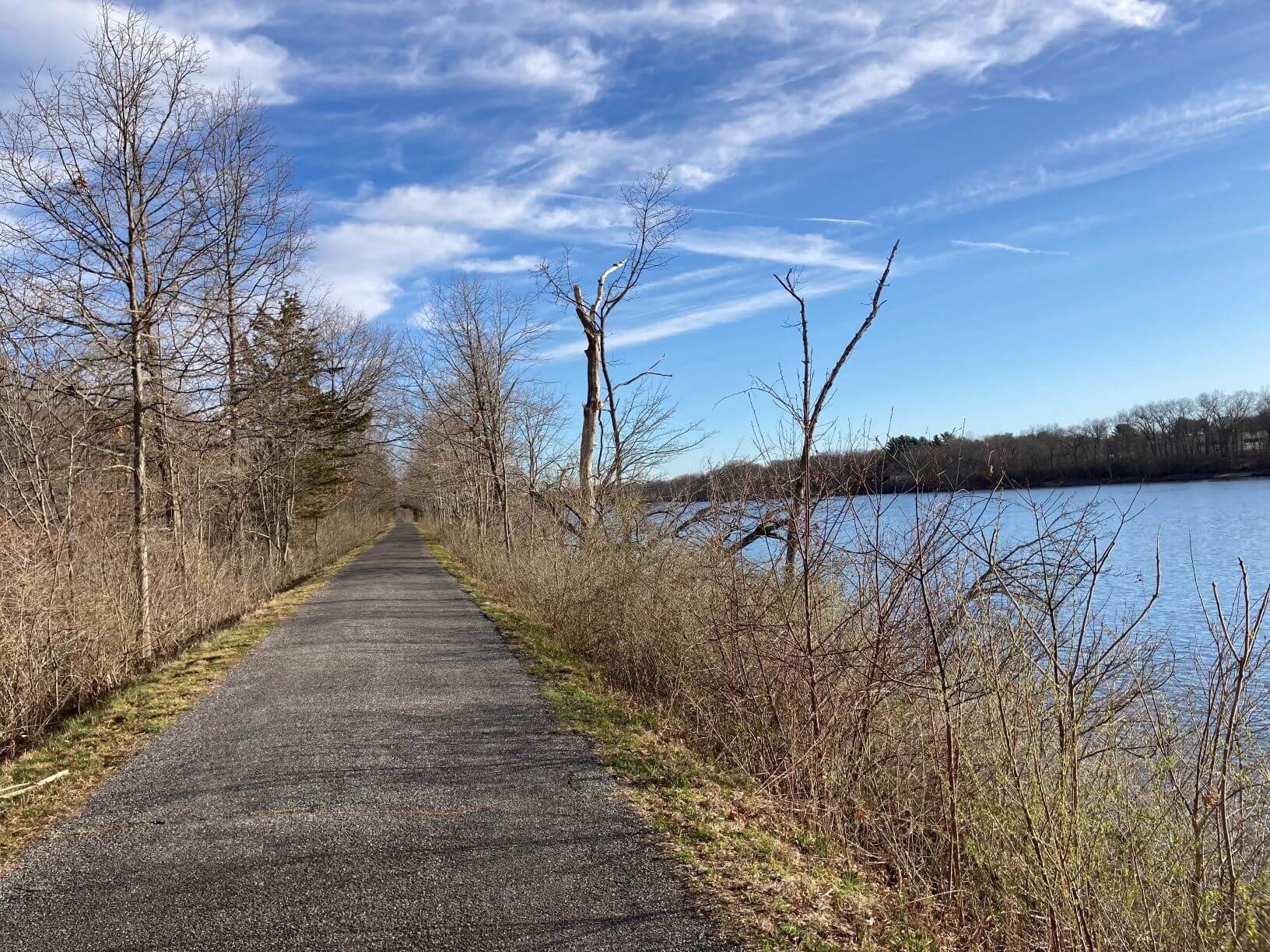 With all the ways someone can volunteer, why with the CRC? Quite frankly, in addition to spending more time in an aquatic setting, the projects they request volunteers for are hands-on and action-to-solution-oriented. It’s a physical, tangible, way I can contribute to solutions that benefit both the environmental whole and the people within it. The data gathered is actively being used to advocate for, protect and improve entire habitats, as well as individual species. Being part of a project that can provide a positive impact on communities and ecosystems within and beyond my local area is empowering. My part is so small, but I understand it as part of, and benefiting, a greater whole and that is quite valuable.
With all the ways someone can volunteer, why with the CRC? Quite frankly, in addition to spending more time in an aquatic setting, the projects they request volunteers for are hands-on and action-to-solution-oriented. It’s a physical, tangible, way I can contribute to solutions that benefit both the environmental whole and the people within it. The data gathered is actively being used to advocate for, protect and improve entire habitats, as well as individual species. Being part of a project that can provide a positive impact on communities and ecosystems within and beyond my local area is empowering. My part is so small, but I understand it as part of, and benefiting, a greater whole and that is quite valuable.
Now, here’s hoping we’ll see some herring soon! Luck to all the volunteers!”





